Growing lemon at home: indoor varieties, conditions for them, propagation and planting
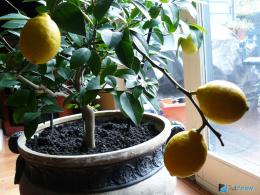
In botany, lemon is the name given to a species of tree belonging to the genus Citrus from the Rutaceae family. In gastronomic terms, lemons are the name given to the fruits of these trees.
A notable feature of the plant is that it is essentially a hybrid that arose so long ago that it is not found in the wild.
All over the world in open ground In tropical and subtropical climates, a huge number of these plants are cultivated. The annual harvest exceeds 15 million tons.
Having planted lemon seed into a flower pot, you can grow it at home. If you choose the right variety and provide the necessary care, the plant will produce tasty fruits.
Content:
- Description of lemon varieties for indoor growing
- Conditions for growing indoor lemon
- Reproduction and planting of lemon indoors
Description of lemon varieties for indoor growing
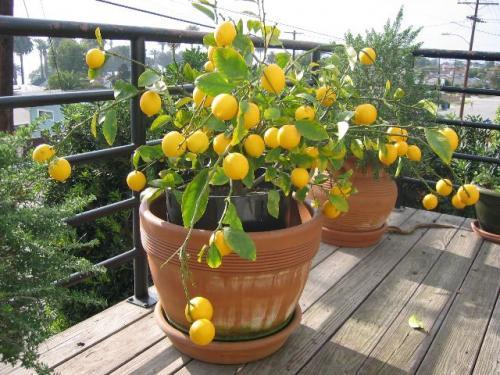
Of the huge number of existing lemon varieties, the following can be recommended for indoor growing:
- Irkutsk large-fruited
- Novogruzinsky
- Pavlovsky
- Ural indoor
Variety Irkutsk large-fruited
The author of the variety is an amateur from Irkutsk V.I. Borischuk. A tree with large hard leaves, pointed at the ends, with a compact crown, does not need special shaping.
Irkutsk large-fruited lemon blooms in autumn and spring.It can produce its first fruits as early as two years of age. Weight from 700 grams, individual lemons grow up to one and a half kilos. The peel is medium thick, lumpy. The variety is very demanding of sunlight.
Variety Novogruzinsky
Even though this lemon variety belongs to the open ground varieties of the southern regions, it can be recommended for growing indoors.
With proper care, it will produce a sufficient number of fruits with smooth skin and aromatic pulp.
Variety Pavlovsky
One of the most indoor-adapted lemon varieties. The tree, although not large, produces a decent harvest of fruit.
They have a thin peel with a strong lemon aroma. One plant produces on average up to 20 fruits, but under favorable conditions and proper care, an adult plant can increase the yield of lemons.
The Pavlovsky variety easily tolerates errors in lighting and suffers less from this than others.
Variety Ural indoor
There is no exact information about the origin of the variety, although it has allegedly been grown in the homes of residents of the Urals since the time of Emperor Peter the Great.
The variety not only easily tolerates indoor conditions, but also develops quite safely in moderate sunlight and produces up to 30 fruits.
You can also successfully grow hybrid forms indoors, such as the Meira lemon, which is most often grown in their homes by the Chinese, and the lemon-citron hybrid Panderosa.
Regardless of the variety chosen, lemon trees require a certain temperature and light regime when grown in pots indoors.
Conditions for growing indoor lemon
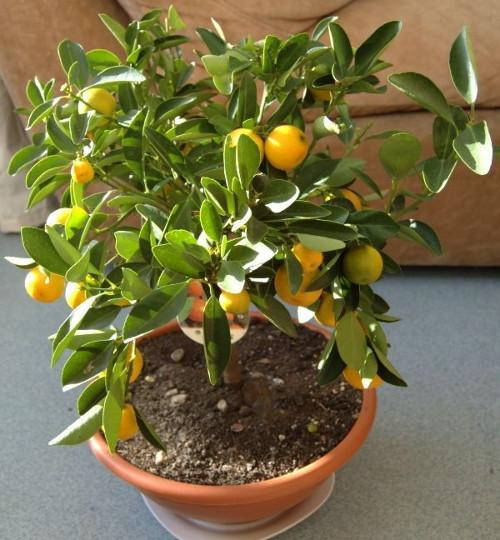
Growing citrus fruits indoors is a fascinating activity, but it needs to be successful before planting. or purchasing a lemon seedling, it is important to familiarize yourself with the basic requirements for growing conditions.
Light and warmth
When growing lemon trees indoors, it is important to know that in the summer, natural light is sufficient for them.
Many of them grow well not only on illuminated window sills, but also at some distance from the windows. In addition, in summer their well-being does not depend on the orientation of the windows.
Only if the lemon is on the south window you need to create an artificial shadow for it. This can be done by covering part of the window with paper or a layer of gauze, or by removing the pot from the window and placing it at some distance.
In winter, the plant definitely needs additional lighting. To do this, it is enough to install a light source at a distance of half a meter from the leaves for five to six hours after the end of daylight.
In January and early February, this period can be extended to 8 hours. A fluorescent lamp with a power of 30 watts or a simple electric light bulb of 60 - 75 watts is suitable.
During the period of active growth, flowering and fruiting lemon, the room temperature should not be lower than 20 degrees.
In winter, the tree needs rest and it is better to move it to a cooler room where the temperature does not rise above 12 degrees.
Soil composition and watering regime
To grow lemon in a pot, it is important to take care of the composition of the soil. It is more convenient to use a ready-made soil mixture for growing citrus fruits, but you can make the soil yourself.
To do this, add one part each of sand and humus to two parts of turf soil. It is important to wash or calcine all components of the soil before mixing.
In the future, it is important to maintain the humidity in the pot necessary for the growth and development of the plant.
In spring and summer, water the plant every two to three days; in winter, reduce the number of waterings to once every seven to ten days.
For irrigation, it is better to leave tap water in an open, wide container for a day or two. If the leaves are curled, then not only watering is necessary, but also daily sprinkling until they take on their normal appearance.
Reproduction and planting of lemon indoors
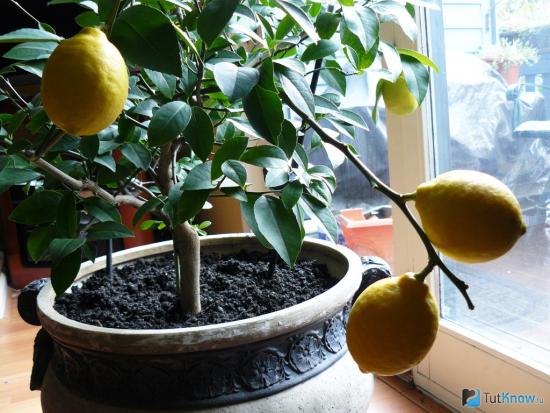
The most affordable way to get a lemon tree is to sow seeds. Shoots appear in about a month, and when the fifth true leaf appears on the trees, picking with obligatory pinching of the main root is necessary.
Moreover, first they cut the root directly in the pot, deepening the knife at an angle and cutting the root system at a distance of 8 - 10 cm from the surface of the earth.
Two weeks after this, the seedlings are removed and replanted. The main disadvantage of seed propagation is late fruiting.
The most convenient way to propagate indoor lemons is by cuttings. They are cut from green shoots five to six cm long. The leaf blades are shortened by at least 1/3. Rooting occurs in moist soil under a glass jar.
At a temperature of + 25 degrees it is necessary watering warm water, after 20 days the plant begins to form roots and begins to grow.
It can be replanted in a small pot with a diameter of 10 cm. As the container is developed, indoor lemons are replanted at least once every three years.
If you have gardening skills to obtain fruits from plants grown from seeds, you can graft with a shield or eye taken from a cultivated plant.A month after grafting, the upper part is cut off completely.
Also, when growing indoor lemons, they need to be provided with regular feeding fertilizers and crown pruning, both sanitary and formative.
If an indoor lemon is given proper care, it will definitely bloom and set fruit, rewarding the grower for his efforts and efforts.
Video about proper lemon care:
Interesting information about the vegetable garden

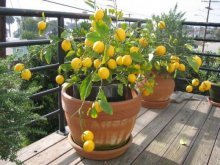
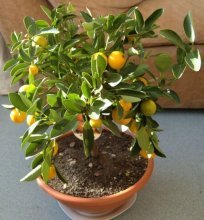
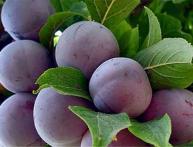


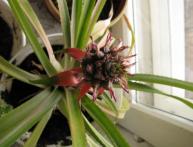

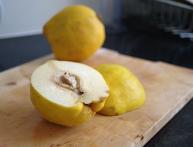
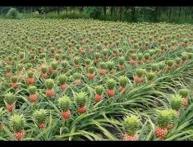
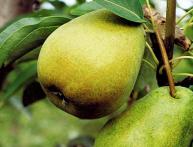
Comments
I have always really wanted to grow lemons from seeds. I planted it many times. But for some reason he disappeared when he grew to a certain point. And this happens every time. I can’t even understand why he dies.